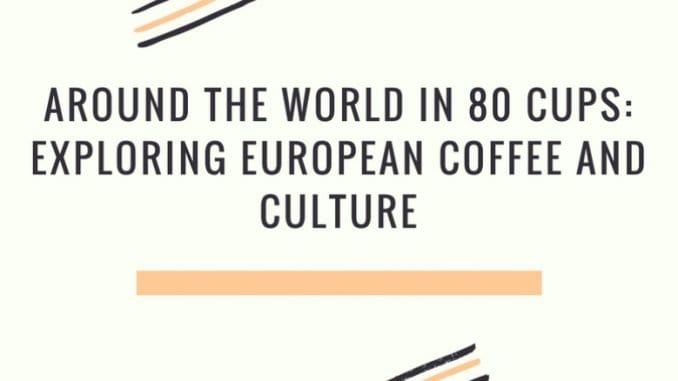
Writer Jason Huffnagle is traveling all across Europe, drinking coffee and sharing with us the cultures, recipes, and traditions of the beverage all across the continent. In this edition, he explores Warsaw, Poland.
BY JASON HUFFNAGLE
SPECIAL TO BARISTA MAGAZINE
Photos courtesy of Jason Huffnagle
We’ve been running this series for a while! Catch up by checking out Jason’s visits to Edinburgh, London, Rome, Florence & Venice, Salzburg, Vienna, Budapest, and Krakow.
Located in the center of Europe, along the meandering Vistula River, is Poland’s sprawling capital city of Warsaw—Europe’s eighth-largest city and likely one of the continent’s most underrated. Founded in the 1300s as a small, fortified settlement, Warsaw was once called the “Paris of the East.” It is difficult to imagine this thriving metropolis was once nearly destroyed by the Nazis during World War II—a narrative key to understanding how Warsaw sees itself to this day, as evidenced by the numerous memorials, monuments, and museums that portray and commemorate the city’s destruction and resurrection.
Warsaw has a well-established coffee community, with many of its 18 boroughs boasting several great specialty shops. To help sort through the options at a fairly nominal price, travelers can purchase the Warsaw Coffee Map, a collaboration project put together and sold by almost two dozen of the city’s top shops (although it is not a comprehensive catalog).
While nearly everyone in Warsaw speaks perfect English, it behooves the average espresso explorer to know some basic Polish phrases and be able to recognize the word for coffee (kawa; pronounced ka-va) and café (kawarnia; pronounced ka-varn-ee-a). Visitors from the U.S. will also enjoy the more-than-favorable currency exchange rate between the dollar and Polish zloty (pronounced zwa-tee).
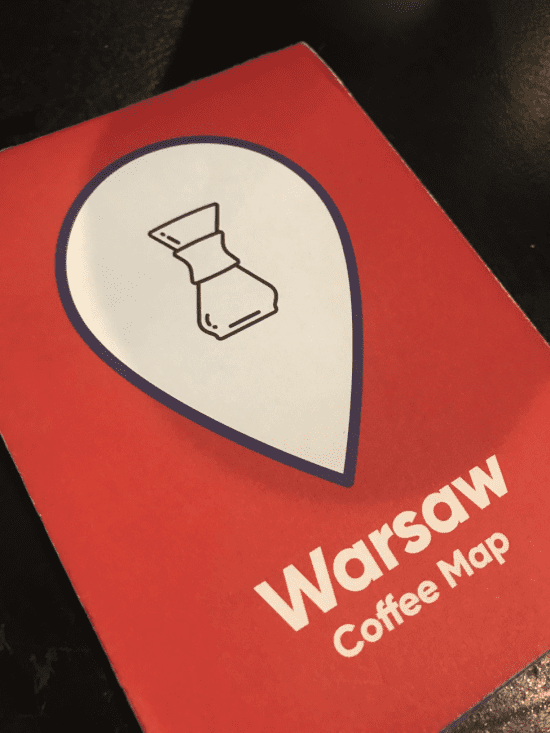
Kawarnia Fabryczna
Alongside its homey vibe, Kawarnia Fabryczna serves up a solid breakfast, including porridge, fried eggs, and the obligatory avocado toast. Despite what this shop’s name (which translates as “Factory Café”) might suggest, there’s not much about this warm, neighborhood shop with delicious specialty coffee and a penchant for houseplants that could be called industrial. Grab a seat on one of the many patterned sofas, read a good book, or meet some of the locals—this is a great place to rest your travel-weary self.
Kawarnia Fabryczna is tucked into the quiet neighborhood of Solec—just north of Warsaw’s famed Lazienki (“Royal Baths”) Park, the largest park in all of Warsaw. Once meant only for royalty, the park was opened to the public in 1918 and hosts festivals and music concerts under the watchful gaze of its massive monument to Chopin. The coffee shop is also near the National Museum in Warsaw, which houses an impressive art collection, and the Museum of Hunting and Horsemanship (if that happens to be your thing).
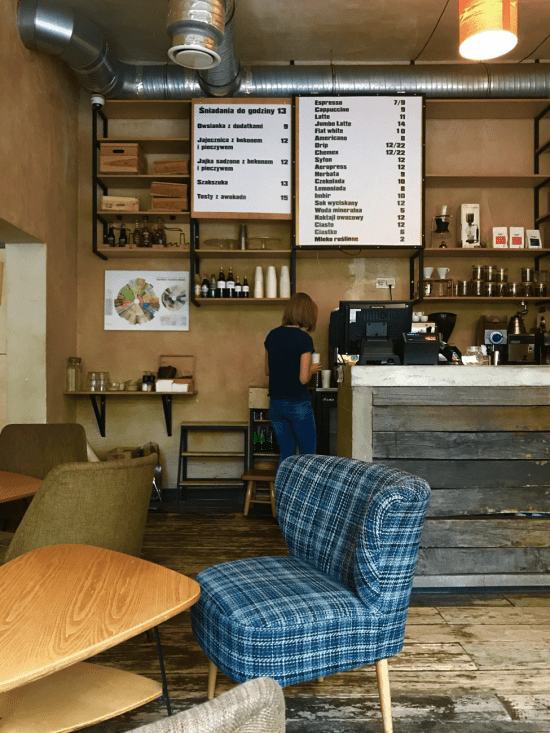
Secret Life Café
Nestled back from the main road, this hidden gem may be the neighborhood’s best kept … erm … secret. With a funky and fun industrial interior and oldies music playlist, it is almost too easy to forget home is thousands of miles away. SLC also has a full-service restaurant with a separate entrance, if you’re looking for more of a grown-up experience.
The shop is a bit outside the city center but well worth the short trip on the M1 metroline to Plac Wilsona. While you’re in the area, you might as well grab yourself a traditional paczki (a Polish donut pronounced “paunch-kee”) at Warszawski Paczki, which has apparently been using the same tried-and-true recipe longer than the United States has been a country.
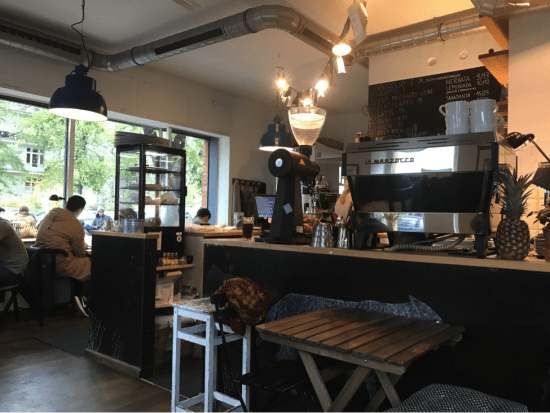
Fat White
Owned by brothers Filip and Piotr Godek—both of whom were personal chefs abroad and have since returned to their hometown to share their culinary and coffee expertise—Fat White serves a—you guessed it—solid flat white and some equally irresistible food. Having opened in the last year, the shop is part of the burgeoning coffee scene in Warsaw.
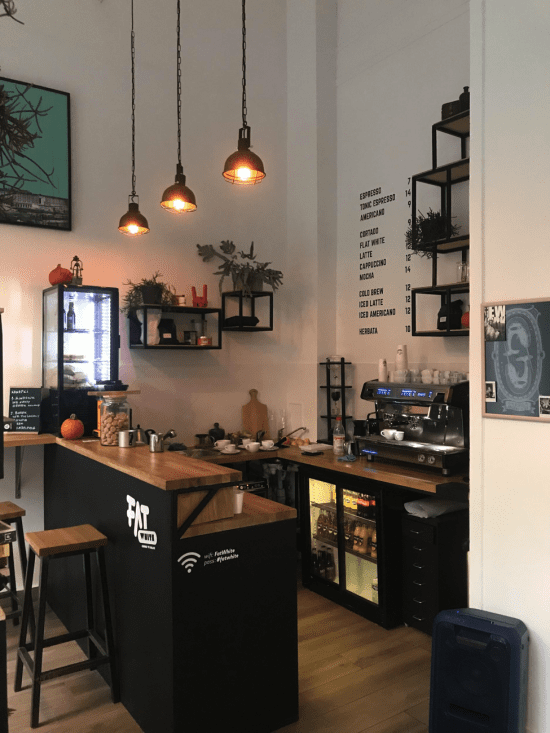
Fat White is located in the Muranów district, where you will also find the Monument to the Ghetto Heroes, which was built to commemorate the Warsaw Ghetto Uprising of 1943, and the architecturally impressive POLIN Museum, which contains interactive exhibitions that present a 1,000-year history of Polish Jews. The Polish Uprising Museum is farther to the south and is a must-see if one is to begin to understand the ethos of Warsaw and modern-day Poland.
I was frankly overwhelmed by the quantity and quality of the shops I encountered in Warsaw. Some of the other shops I visited and loved include: STOR, Mug And Pencil, and eMeSen (located in the Museum of Modern Art of Warsaw).
My next stop is the beautiful bohemian city of Prague in the Czech Republic, a place reputed to have an incredibly vibrant and active coffee community—see you there!
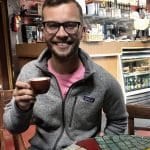 ABOUT THE AUTHOR
ABOUT THE AUTHOR
Jason Huffnagle is a freelance writer for Barista Magazine who has worked in coffee as a barista for six years. Having recently left his “adult job” in the U.S. Senate, the Alaska native is spending the next four months traveling throughout Europe. You can keep up with his coffee-fueled travels and other exploits by following him at @jasonhuffnagle on Twitter.

